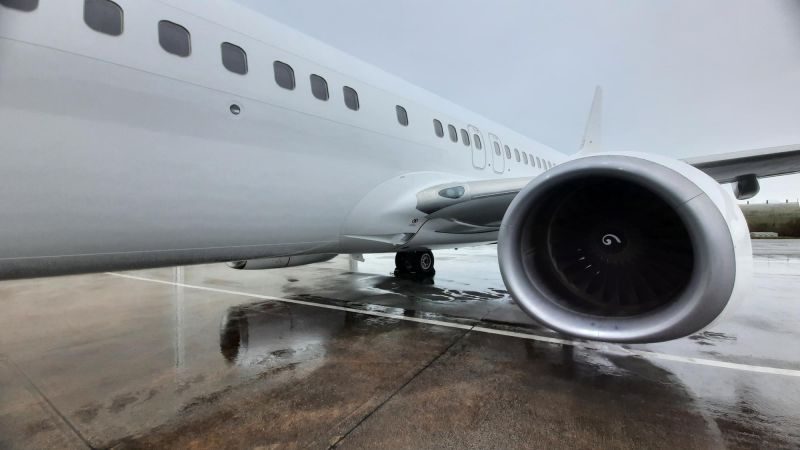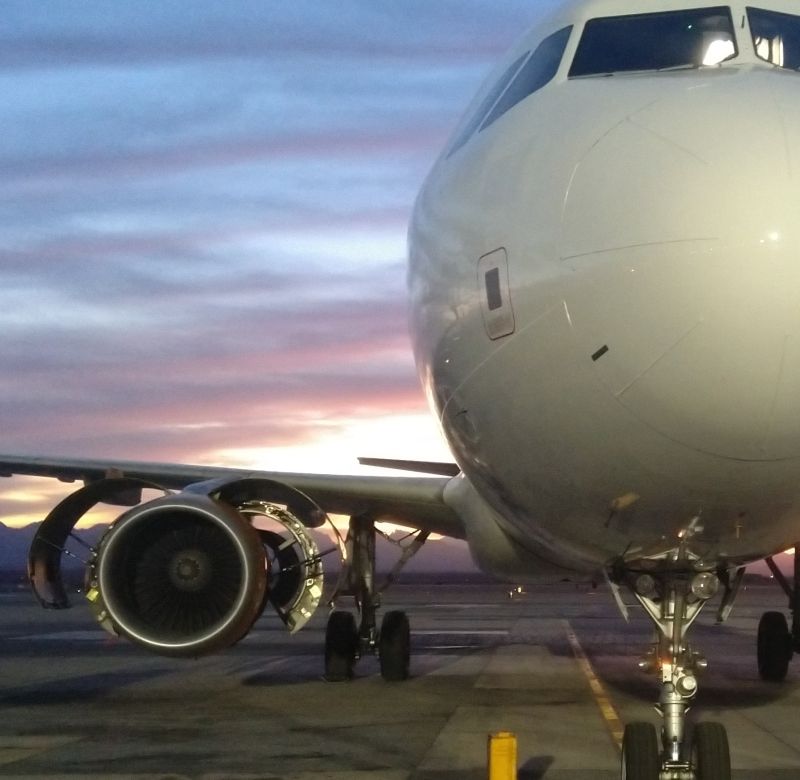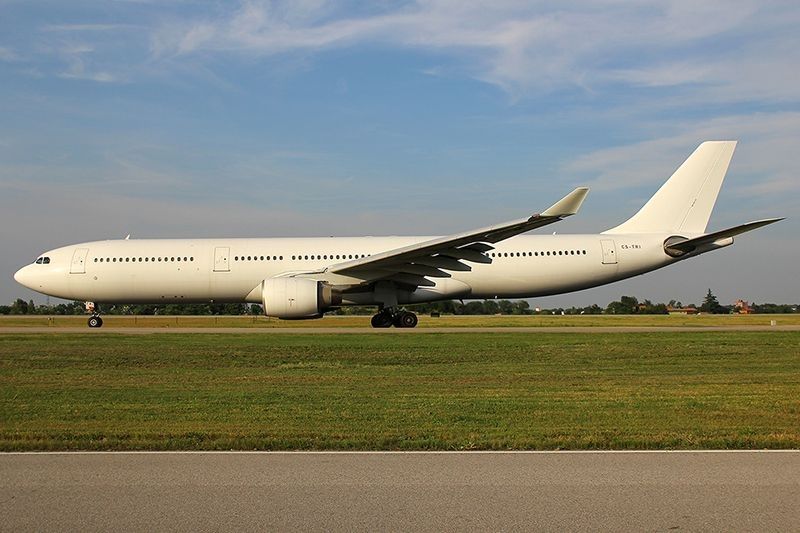The AMP is a specific maintenance plan for any particular aircraft. When the document is created there are many different sources for us to consider.
We have mentioned in prior post’s about how certain MPD (Maintenance Planning Data) thresholds / intervals can be changed in an AMP depending on factors such as environment, regulatory body, reliability etc.
There are also multiple additional sources for the AMP that are important considerations while the MPD forms a core section of the AMP. What we need to consider is further ICA’s (Instructions for Continued Airworthiness) that might apply for our aircraft.
For example, over time the aircraft may get damaged and as such have repairs; the repair in turn will have an ICA associated which may impact your aircraft; additionally, AD’s (Airworthiness Directives) where repeat inspections apply could also form a part of the AMP.
Read More




